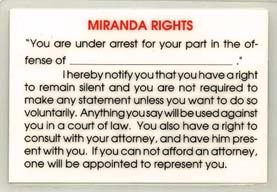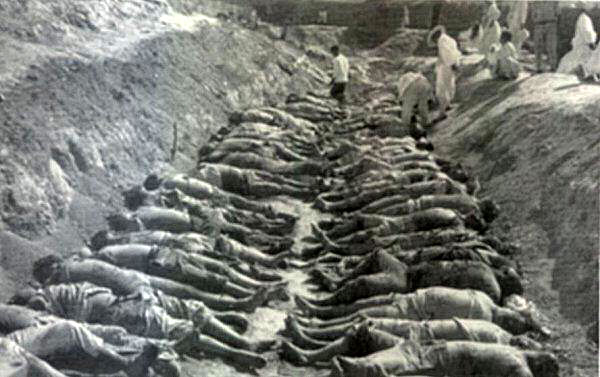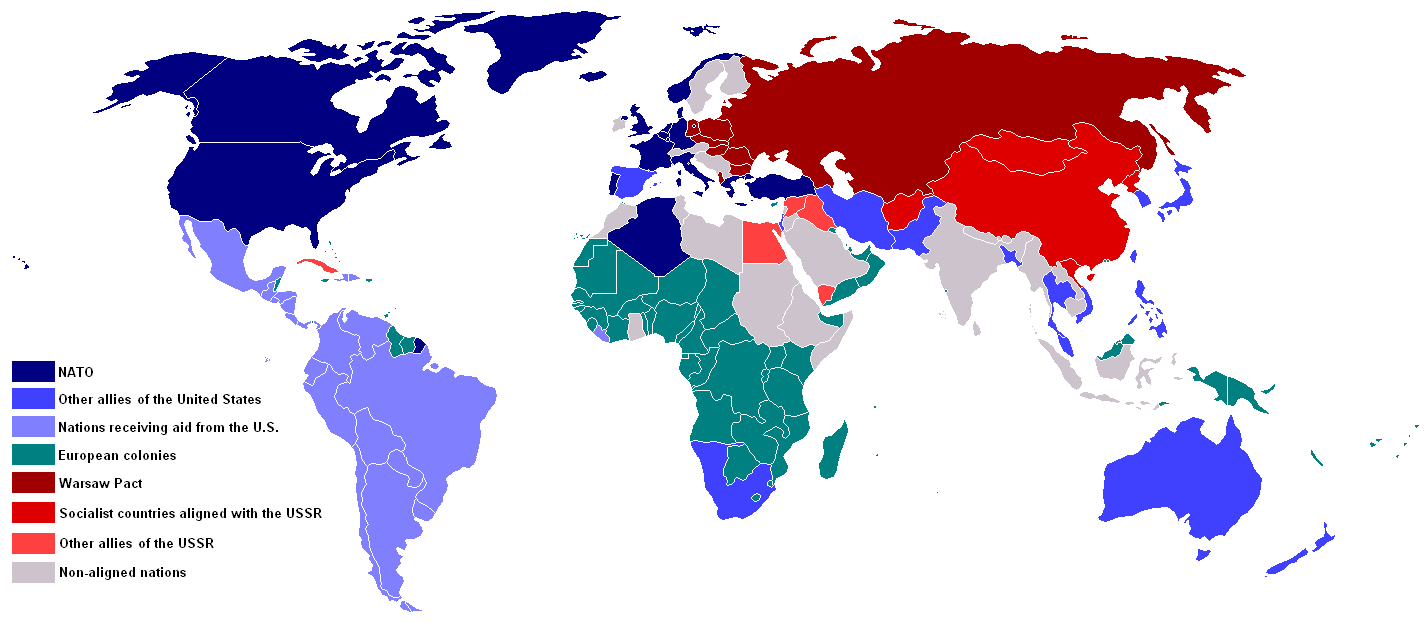
Michael Harrington first exposed the public to the poverty of many Americans through his book The Other America: Poverty in the United States. Many had been previously unaware of the harsh conditions that some had to face, while some who knew chose to ignore them. The Other America showed the Americans that those in poverty were just as human and could feel the suffering that they had to endure. Harrington’s book was powerful enough to bring about attempts to increase the living standards in America, especially in crowded urban areas.
Although the 1950s was a time of prosperity for many, some simply could not escape poverty. During this time, poor farmers moved into the cities to find better work, while the urban areas spread out as suburbs developed. Due to overcrowding, cities lost money, and businesses could not pay their employees.

Because of racism and segregation, African-Americans and Mexican-Americans lived in unsanitary slums in the cities. A policy of urban renewal began when the National Housing Act of 1949 constructed inexpensive new housing and formed the Housing and Urban Development cabinet position. Despite these efforts, they were not adequate to meet the needs of those living in slums. Also, some existing living spaces were torn down to make room for new ones, displacing some who had homes.
Many poor Americans demanded employment, especially African-Americans, Mexican-Americans, and Native Americans, who wanted equal opportunities and demonstrated though civil rights movements and organizations. This unrest continued, exposing an unstable country and economy that was not as secure as many had initially believed. Although some believed the Americans were in a time of plenty, they had not seen that there was a gap between the visible America and the Other America.




































